The Museum of Mazovian Jews is housed in a former synagogue which is often referred to as Płock’s minor synagogue. This is so because the city also had its great synagogue – from 1866 untli the turn of 1950 and 1951, when it was demolished – located opposite the present-day monument to thirteen Poles executed by the Nazis during the Second World War.
The construction of the minor, two-storey, brick synagogue in Kwiatka Street (formerly Szeroka Street) was started in 1822 and finished in the mid-1850s. It ran into serious difficulties from the very beginning; the building was partially situated on Płock’s former moat, which resulted in some complications; there were insufficient funds to complete the construction; and the Bishop of Płock opposed it, claiming that the synagogue would be located too close to the cathedral. However, he soon changed his mind. Built in the neoclassical style, the synagogue was frequently renovated, e.g. after the collapse of some parts of the roof in 1863.
There were three purposes for which the synagogue was intended; it functioned as a Jewish house of prayer, a school and the seat of Płock’s Jewish community authorities. When the Germans invaded Płock in September 1939, the synagogue became the premises of a Judenrat, i.e. one of the administrative and enforcement bodies established by the Nazi invaders to manage Jewish communities in German-occupied areas. This period in the history of the synagogue was ended on 1 March 1941 by the final liquidation of the Płock ghetto with over 8000 Jewish people residing in it. This was also the end of the world of Płock Jews, which had existed since the beginning of the 13th century.
Located at 7 Kwiatka Street, the building itself survived the war, and the Jewish Committee became its owner in 1945. It was the committee’s initiative to organise the first post-war meeting of Płock Jews in the former synagogue; the meeting was attended by twenty-two people. In 1949, the Gerszon Dua-Bogen Tailor, Knitting & Hosiery Cooperative was formed in the building. In 1960, the State Treasury became the owner of the building, which was entered in the Register of Historic Monuments two years later. The former synagogue ceased to be used in 1992.
At the turn of the 20th and 21st centuries, the building had several owners. The governor of the Province of Płock made it over the local government of Płock. In 1997, the building became the Jewish community’s property again. They sold it back to the Municipality of Płock a year later. When the city council put the building up for sale in 2004. In 2006, the former synagogue was made over the association for the period of ten years. A decision giving green light for this project was taken in 2007, which made it possible to begin the extensive renovation of the building. Since 15 March 2013, visitors have been able to go to the Museum of Mazovian Jews – which is a part of the Mazovian Museum in Płock – thanks to the Płock Synagogue Association, who collected 1.3 million zlotys for this purposes; an EU subsidy amounting 7.7 milion zlotys; and an agreement on joint financing concluded by the Office of the Marshal of the Mazovian Province and Płock’s municipal authorities.
| Day of the week | Opening hours | ||
|---|---|---|---|
| Tuesday | 10:00 - 16:00 | ||
| Wednesday | 10:00 - 16:00 | ||
| Thursday | 10:00 - 16:00 | ||
| Friday | 10:00 - 16:00 | ||
| Saturday | 10:00 - 16:00 | ||
| Sunday | 10:00 - 16:00 | ||
| Holidays | Opening hours |
|---|---|
| 2025.04.20 (Sunday) | x |
| 2025.04.21 (Monday) | x |
| 2025.11.01 (Saturday) | x |
| 2025.11.11 (Tuesday) | x |
| 2025.12.25 (Thursday) | x |
| 2025.12.26 (Friday) | x |
| Day of the week | Opening hours | ||
|---|---|---|---|
| Tuesday | 10:00 - 17:00 | ||
| Wednesday | 10:00 - 17:00 | ||
| Thursday | 10:00 - 17:00 | ||
| Friday | 10:00 - 17:00 | ||
| Saturday | 10:00 - 17:00 | ||
| Sunday | 10:00 - 17:00 | ||
| Holidays | Opening hours |
|---|---|
| 2025.05.01 (Thursday) | x |
| 2025.05.03 (Saturday) | x |
| 2025.06.19 (Thursday) | x |
| 2025.08.15 (Friday) | x |
| Tickets | ||
|---|---|---|
| normal | 7.00 PLN | |
| reduced | 3.00 PLN | |
| family | 10.00 PLN | |
| group | 70.00 PLN | Bilet grupowy przysługuje grupie do 20 osób. |
| children free of charge up to the age of 7 |
| when? | name | where? | about what? | for free | for children | |
|---|---|---|---|---|---|---|
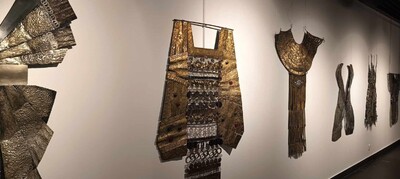 | 2025.02.27-2025.04.21 | Barbara Munzer. Teatr postaci – akt II Temporary exhibition | Art déco ul. Kolegialna 6 09-402 Płock Mazowieckie | art crafts | yes | |
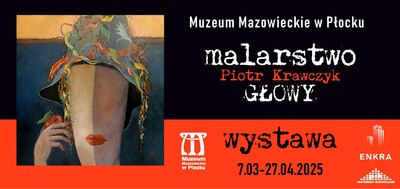 | 2025.03.07-2025.04.27 | Głowy. Piotr Krawczyk Temporary exhibition | Art déco ul. Kolegialna 6 09-402 Płock Mazowieckie | painting | yes | |
 | 2025.03.05-2025.05.25 | Trzeba zostawić coś światu. Poza kartami dziennika Reni Spiegel Temporary exhibition | The Museum of Mazovian Jews ul. Józefa Kwiatka 7 09-402 Płock Mazowieckie | documents, martyrology, The Second World War | yes | |
 | 2025.01.30-2025.06.01 | Oblicza. Matka Boska Skępska wczoraj i dziś Temporary exhibition | Granary ul. Kazimierza Wielkiego 11 b 09-402 Płock Mazowieckie | art crafts, folk art, painting, sculpture | yes | |
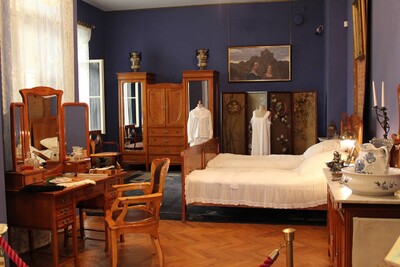 | Art Nouveau / Young Poland Permanent exhibition | Tenement of Art Nouveau ul. Tumska 8 09-402 Płock Mazowieckie | art crafts, collections, crafts, graphics and drawing, interiors and everyday life, medals and badges, painting, sculpture | yes | ||
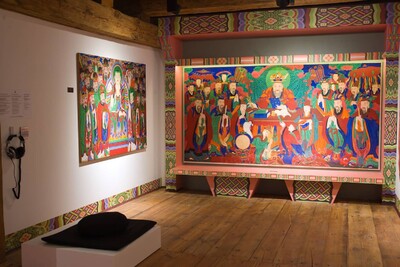 | Art of the far east. Płock treasures of Buddhist Asia Permanent exhibition | Granary ul. Kazimierza Wielkiego 11 b 09-402 Płock Mazowieckie | graphics and drawing, painting, religions | yes | ||
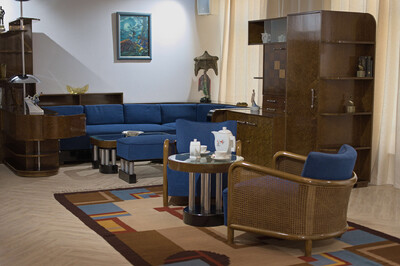 | Art of the interwar period – art déco Permanent exhibition | Art déco ul. Kolegialna 6 09-402 Płock Mazowieckie | art crafts, collections, fabrics, interiors and everyday life, numismatic items, outfits, painting, sculpture | yes | ||
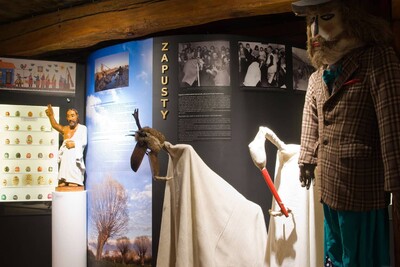 | Culture of Mazovia in folk vision of the world Permanent exhibition | Granary ul. Kazimierza Wielkiego 11 b 09-402 Płock Mazowieckie | crafts, ethnography, folk art, region, traditional costumes, village | yes | ||
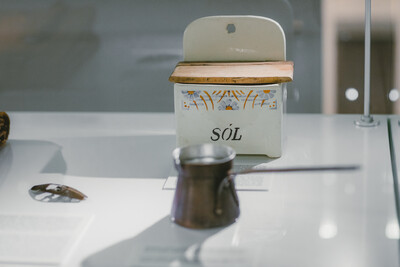 | From Płock and for Płock. Gallery of the Płock inhabitants of the 20th century. Themerson Gallery Permanent exhibition | Art déco ul. Kolegialna 6 09-402 Płock Mazowieckie | artists, characters, city, collections, documents, graphics and drawing, interiors and everyday life, painting, utility items | yes | ||
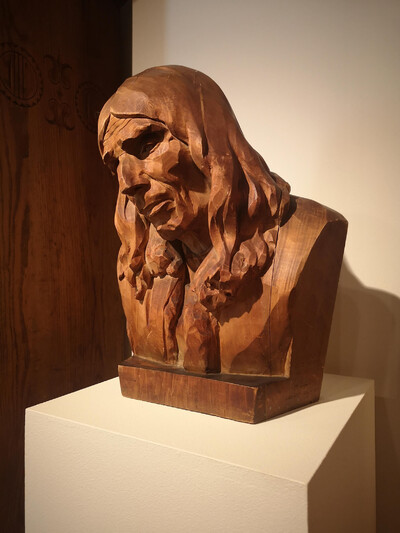 | Galician hall Permanent exhibition | Tenement of Art Nouveau ul. Tumska 8 09-402 Płock Mazowieckie | art crafts, ethnography, graphics and drawing, painting, sculpture | yes | ||
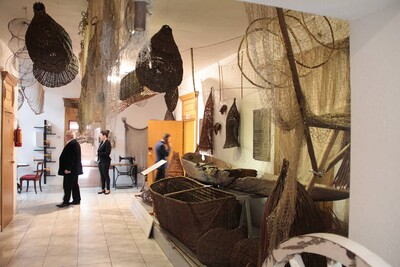 | Historical exhibition in the museum of the Middle Vistula and the Wyszogód Land Permanent exhibition | The Vistula Museum in Wyszogród ul. Rynek 1 09-450 Wyszogród Mazowieckie | archeology, aviation, history, models, region, war - other conflicts, water transport | yes | ||
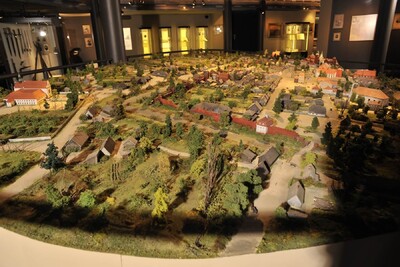 | Ten centuries of Płock. Płock in the cultural area of Mazovia, Poland and Europe Permanent exhibition | Ten centuries of Płock ul. Tumska 8 09-402 Płock Mazowieckie | archeology, art crafts, city, collections, documents, history, interiors and everyday life, martyrology, numismatic items, religions | yes | ||
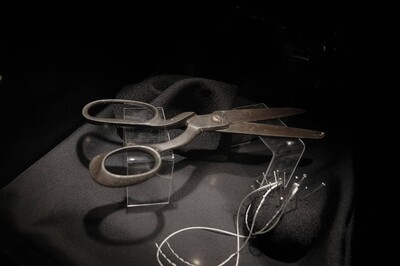 | The Museum of Mazovian Jews Permanent exhibition | The Museum of Mazovian Jews ul. Józefa Kwiatka 7 09-402 Płock Mazowieckie | anthropology, art crafts, history, martyrology, region, religions | yes | ||
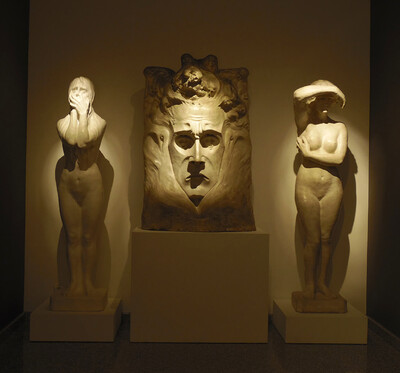 | Bolesław Biegas Permanent exhibition | Tenement of Art Nouveau ul. Tumska 8 09-402 Płock Mazowieckie | artists, painting, sculpture | yes | ||
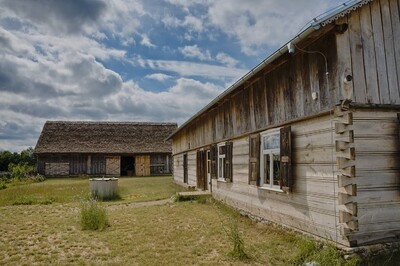 | Skansen Osadnictwa Nadwiślanego Permanent exhibition | The open-air museum of the Vistula settlement in Wiączemin Polski Wiączemin Polski 25 09-533 Słubice Mazowieckie | anthropology, architecture, crafts, ethnography, interiors and everyday life, objects, region, religions, village | yes |